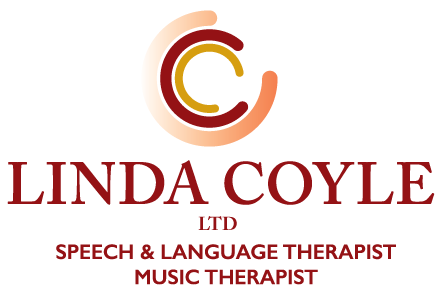‘She’s always mumbling,” or “He speaks to fast.” These are two reasons that parents may refer their children to me. What I commonly find is that while the child may be reasonably clear in single words or when speaking in short phrases or sentences, as they move into conversation, their speech becomes generally indistinct, with words run together. Some of these children may have had speech and language therapy to work on specific sounds, but for others, they have had no issues with individual sounds.
One of the features of this group is a lack of clear boundaries between words. While we read individual words, we speak in continuous phrases. To help us process what someone is saying, we tune into the rhythm, tune and pausing of the speaker. These elements are part of speech prosody, i.e. the musical elements of speech. If some of these features are lacking, it can be then difficult to understand what someone is saying once they start going beyond short phrases. I adopt different strategies to help with this. The one I’m going to share today is about pacing speech.
Pacing speech is a strategy which makes speech more rhythmic. It can have the effect of slowing down a child’s rate, encouraging clearer articulation, and increasing fluency. It can also highlight difficulties with specific words and sounds. Often we hear and speak words quickly, but when they are slowed down, the sounds are clearer.
Strategies
Use clapping, tapping, or a pacing board. Clapping is the easiest skill. Tapping involves using your finger and tapping on the table, or on your leg. It is more discreet, and it would be good to work towards this if possible. Another option is a pacing board. This is a card with some squares on it as illustrated below. The child points to each square on the pacing board as s/he says a syllable.

Working on pacing
Words
Start off with names of people, everyday objects, etc. Clap the syllables in the words. Some examples, John (1 clap), Linda (2 claps), Jennifer (3 claps).
Phrases
Use simple phrases, such as:
I see ______ I like ______
I go _______ Look at the ____
These can be used in game-like activities, or in response to questions, e.g. “What do you like?” When you’re asking the question, clap each syllable.
Prompting pacing
Once the child can use pacing in simple structured activities, you can start to encourage pacing while talking about a picture, and while having a chat. Once the child has mastered this during practice time, you can start to prompt pacing in everyday speech. It can be useful to develop a non-verbal ‘secret signal’ to remind the child to pace his/her speech.

